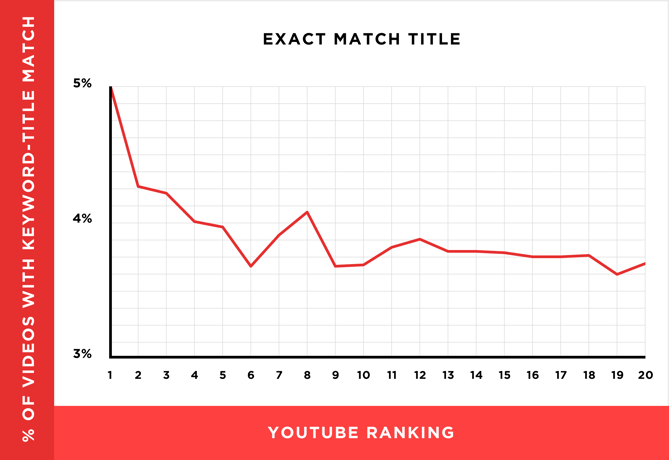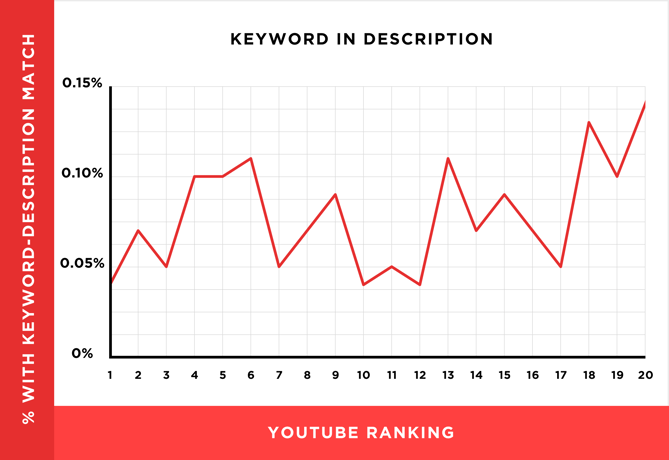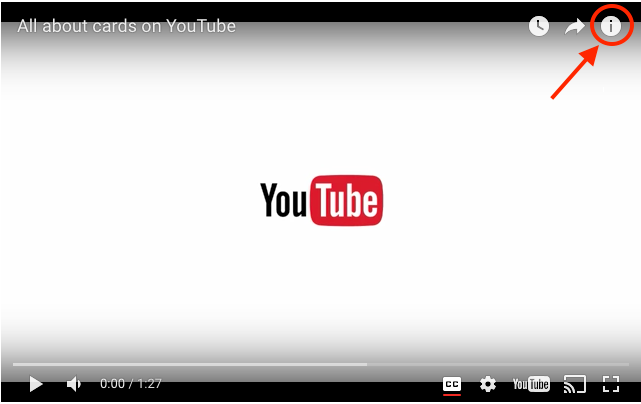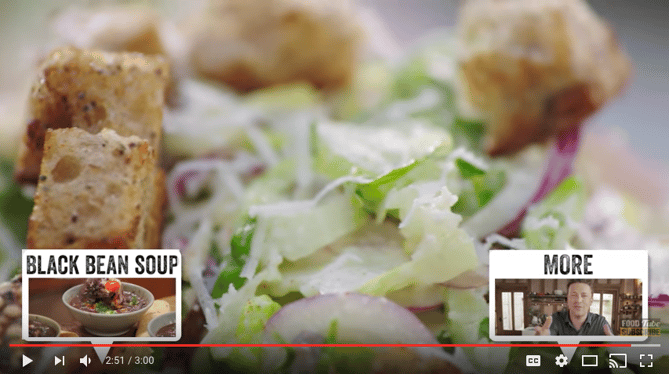Inbound marketing was totally new idea just a decade ago. Marketers were realizing that they couldn’t just create a lot of material; it had to be high-quality and optimized in ways that would make search-engine-friendly as possible.
Previously, that information was mostly restricted to the written word. That is no longer the case now.
Written material (blogs, ebooks) and media (podcasts, graphic assets, videos, etc.) are all part of today’s holistic content strategy.
The last element, video, continues to grow in popularity. 45 percent of marketers plan to invest more on YouTube than in any other access to them.
And, as new content types become more popular, the necessity to optimize them for Youtube search-engine optimization grows. How does YouTube search-engine optimization work, though? What actions should you take to optimize your Youtube search-engine optimization? Below are some helpful hints and resources.
1. Rename your video file using a target keyword.
You’ll utilize an SEO tool to first pick important keywords (you may explore popular tools helping to increase your Youtube search below these instructions).
When you’ve chosen a keyword, you should firstly include it is in your video file, before uploading it on YouTube. Why? YouTube can’t “see” your video to see how relevant it is to your target term, and there are only so many places you can safely insert this keyword on your video’s watching page once you upload, as you’ll see in the tips below. YouTube, on the other hand, can read the file name of your film as well as all of the coding associated with it.
With that in mind, change the file name “business ad 003FINAL.mov” with your preferred keyword. For example, if your keyword is “house painting tips,” its file name should be “house-painting-tips” followed by the video file format you desire (MOV, MP4, WMV, etc.)
2. Insert your keyword naturally in the video title.
One of the first things that our eyes are pulled to when searching for videos is the title. Because the title is frequently what decides whether or not a person will click to watch your video, it must be both enticing and clear, and succinct.
Although your keyword plays an important role in the title of your video, it also helps if it closely fits what the audience is looking for. According to Backlinko’s research, videos with an exact keyword match in the title have a marginal advantage over those without. Here’s how those findings are shown in a graph:

Finally, keep your title brief you should keep it under 60 characters to avoid it being chopped off in results pages.
3. Optimize your video description.
First and foremost: The official character restriction for YouTube video descriptions is 1,000 characters, according to Google. It’s OK to fill up all of that space, remember that they’re here to watch a video, not read an essay. This is an important way to boost your Youtube search-engine optimization.
If you do decide to create a lengthier description, keep in mind that YouTube only shows the top two or three lines of text (about 100 characters). Following that, users must click “see more” to see the entire description. As a result, we recommend starting the description with the most critical information, such as CTAs or important links.
When it comes to optimizing the video itself, it doesn’t harm to provide a transcript, especially for those who must view it without sound. Backlinko’s research, on the other hand, revealed no link between keyword-optimized descriptions and search engine ranks for that phrase.

4. Tag your video with popular keywords that relate to your topic.
To let viewers know what your video is about, YouTube’s official Creator Academy recommends utilizing tags. However, you’re not only alerting your audience; you’re also informing YouTube. The software employs tags “to comprehend the content and context of your video,” according to Dean.
As a result, YouTube will be able to correlate your video with similar videos, thereby expanding the exposure of your work. However, select your tags carefully. Use an irrelevant tag only if you think it will bring you more views; otherwise, Google may punish you. Similar to your description, start with the most crucial keywords, a nice balance of common and long-tail (as in, those that answer a query like “how to do I?”).
5. Categorize your video.
After you’ve uploaded a video, click on “Advanced options” and classify it. Choosing a category on YouTube is another option to organize your video with related material so that it appears in different playlists and gets seen by more people who share your interests.
It might not be as straightforward as it appears. Indeed, the YouTube Creator Academy recommends that marketers go through a thorough procedure to decide which category their video fits in. “Think about what is functioning effectively for each area” you’re investigating, the book suggests, by answering questions like:
- Who are the most successful creators in the category? What are their specialties and what do they excel at?
- Is there any correlation between the audiences of comparable channels in a category?
- Are there any common characteristics across videos in a comparable category, such as production value, duration, or format?
6. Upload a custom thumbnail image for your video’s result link.
When viewers navigate through a list of video results, your video thumbnail is the first picture they see. That thumbnail, along with the video’s title, conveys a signal to the viewer about the substance of the video. Thus, it can influence the amount of clicks and views your video obtains.
While you may always choose one of YouTube’s auto-generated thumbnail alternatives, we strongly advise you to create a personalized thumbnail. According to the Creator Academy, “90 percent of the highest performing videos on YouTube feature personalized thumbnails,” and they recommend using pictures with a resolution of 1280×720 pixels (a 16:9 ratio) and stored as 2MB or smaller.jpg,.gif,.bmp, or.png files. If you stick to those guidelines, you’ll be able to ensure that your thumbnail is of the same excellent quality across all platforms.
It’s vital to know that in order to post a custom thumbnail image, your YouTube account must be confirmed. To do so, go to youtube.com/verify and follow the on-screen instructions.
7. Use an SRT File to add subtitles & closed captions.
Subtitles and closed captions, like most of the other content we’ve addressed here, may help with Youtube search-engine optimization by emphasizing essential keywords.
You’ll need to provide a valid text transcript or timed subtitles file to add subtitles or closed captions to your video. You may also immediately insert transcript text for a video such that it auto-syncs with the video in the former case.
Subtitles are added in a similar manner, but you have the option of limiting the quantity of text displayed. To access either, go to your video manager and select “Videos” from the “Video Manager” menu. Locate the video to which you wish to add closed captioning or subtitles, then select it using the drop-down arrow next to the edit button. After that, select “Subtitles/CC.” You may then choose whether you want subtitles or closed captioning.
In the video below, learn how to add closed captions to your YouTube video, which helps to boost your Youtube search-engine optimization.
8. Add Cards and End Screens to increase your YouTube channel’s viewership.
Cards
Have you ever seen a little white circular symbol with a “I” in the middle appear in the corner of a video, or a transparent bar of text inviting you to subscribe while watching it? Cards are “preformatted alerts that show on desktop and mobile that you can set up to promote your brand and other videos on your channel,” according to Creator Academy.

- Viewers are directed to another station through channel cards.
- Donation cards to stimulate fundraising for charitable groups in the United States.
- To encourage your viewers to assist finance the development of your video content, use fan financing.
- Link cards lead users to a third-party website, an approved crowdfunding tool, or an approved product sale platform.
- Poll cards are cards that ask viewers a question and enable them to vote on a response.
- Cards that link to other YouTube material of similar types, such as video or playlist cards.
Follow these official Google instructions for adding a card for your movie to increase your YoutubeYoutube search-engine-optimization, or watch the video below for more information.
End Screens
End screens show comparable information as cards, but they don’t appear until the video has finished, and they’re more detailed. The overlay with a book image and a visual link to see more on the video below is an excellent example to increase your Youtube search-engine-optimization:

It’s worth noting that YouTube’s always testing end screens in order to improve the viewing experience, so “your end screen, as specified by you, may not show” at times. When deciding whether to use cards or end screens, keep these points in mind.
These elements may be complex and time-consuming. Keep in mind that the amount of time individuals spend watching YouTube on their television has more than quadrupled in the last year. There’s an audience waiting to be discovered, and optimizing for YouTube increases your chances of getting discovered.

